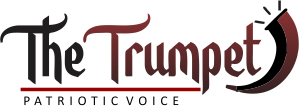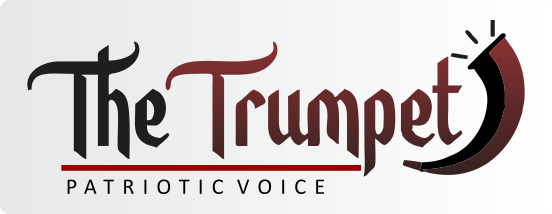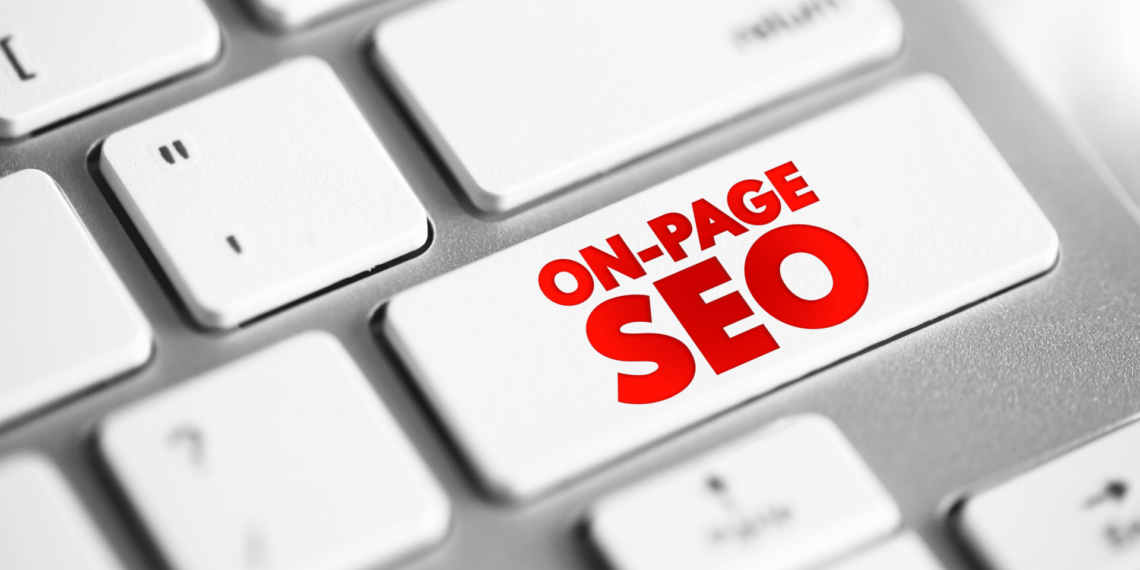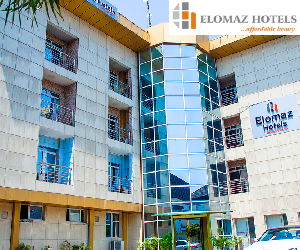If you want your website to rank higher on search engines and attract more organic traffic, then understanding On-Page SEO is crucial. By optimizing various elements within your website, you help search engines understand your content better, leading to improved rankings and visibility.
On-Page SEO refers to the changes you make directly on your website to improve its performance in search engine results pages (SERPs). It involves optimizing content, HTML elements, and website structure to make it more search-engine friendly. This ensures that Google and other search engines can easily determine what your site is about and rank it accordingly.
Key Elements of On-Page SEO
Title Tags Optimization
Your title tag is one of the most critical on-page SEO factors. It should be concise, include your target keyword, and accurately describe the page content. Example: Instead of using “Welcome to My Website,” use “Best Digital Marketing Strategies | Grow Your Business Online.”
Meta Descriptions
A compelling meta description helps improve click-through rates (CTR). It should be around 150-160 characters, include relevant keywords, and entice users to click on your link.
Heading Tags (H1, H2, H3, etc.)
Heading tags help structure your content and make it easier to read. The H1 tag should contain your primary keyword and clearly define the topic of the page. Use H2 and H3 tags to organize subtopics and improve readability.
URL Optimization
Short, keyword-rich URLs perform better in search rankings. Avoid lengthy and complex URLs with unnecessary characters. Example: Use “yourwebsite.com/best-seo-tips” instead of “yourwebsite.com/1234abcd-seo-tips-post.”
Keyword Optimization
Naturally integrate your target keywords throughout the content, including in the title, headings, and first 100 words. However, avoid keyword stuffing, as it can negatively impact rankings.
Read Also: Mastering Keyword Research: A guide to SEO success
Internal Linking
Linking to other relevant pages within your website helps improve navigation and keeps visitors engaged longer. It also allows search engines to crawl your site more effectively.
Image Optimization
Use descriptive file names and alt text for images. Compressed images improve site speed, which is a ranking factor. Example: Rename an image file from “IMG1234.jpg” to “on-page-seo-tips.jpg.”
Mobile Friendliness
With Google’s mobile-first indexing, ensuring your site is mobile-responsive is essential. A mobile-friendly design improves user experience and boosts rankings.
Page Load Speed
A slow website can hurt your rankings. Optimize your site speed by compressing images, using a content delivery network (CDN), and minimizing unnecessary scripts.
On-Page SEO vs. Off-Page SEO
To better understand On-Page SEO, let’s use a car analogy. Imagine an SEO race where different websites compete for the top spot in search results.
On-Page SEO is the car itself – including the chassis, wheels, and mechanical components. These elements determine how well your site is structured and optimized.
Off-Page SEO is the engine – including backlinks, social signals, and external factors that enhance your website’s credibility and authority.
If your car (website) lacks basic components like wheels (optimized content) and a functional body (structured website), no matter how powerful your engine (backlinks) is, you won’t move forward in the SEO race.
Therefore, On-Page SEO is the foundation of a successful SEO strategy. By optimizing your website’s content, structure, and HTML elements, you increase your chances of ranking higher in search engine results. Implement these On-Page SEO techniques today to improve your website’s visibility, drive more traffic, and stay ahead of the competition!






